
Scientists Just Deleted the Extra Chromosome That Causes Down Syndrome Using CRISPR
Editing the Roots of Down Syndrome: A Breakthrough in Gene Therapy
Down syndrome, also known as trisomy 21, is a genetic condition that occurs when a person is born with an extra copy of chromosome 21. This additional genetic material alters how cells grow, develop, and function, creating a range of health and developmental challenges. These may include learning and memory differences, congenital heart defects, thyroid disorders, and an elevated risk of certain conditions such as early-onset Alzheimer’s disease.
For decades, medical care and therapies have focused on managing these complications rather than correcting the underlying cause — the extra chromosome itself. Supportive interventions like speech therapy, occupational therapy, and advanced medical care have significantly improved quality of life and life expectancy. However, until recently, the genetic foundation of the condition has remained untouched.
A recent groundbreaking study from Mie University in Japan has demonstrated, for the first time, that it is possible to remove the extra chromosome from human cells in the laboratory using the precision of CRISPR-Cas9 gene-editing technology. This discovery marks a pivotal shift, suggesting that it may one day be possible to address the root genetic cause of Down syndrome rather than just its symptoms.
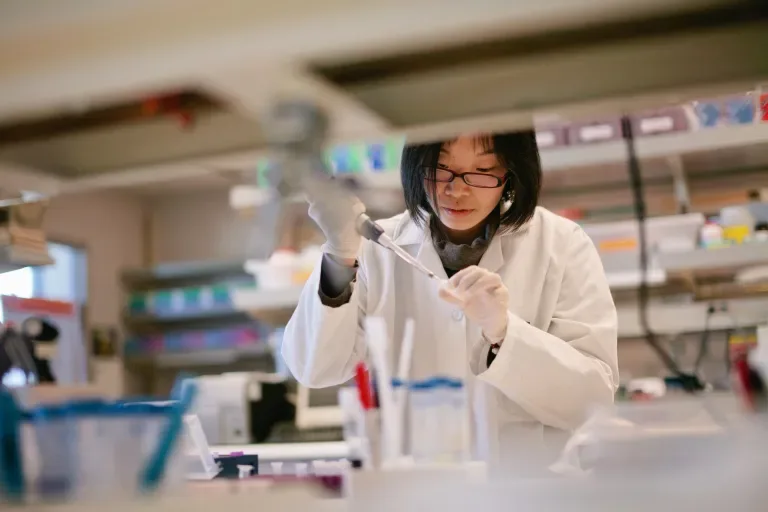
Targeting the Genetic Cause
Trisomy 21 fundamentally disrupts how cells operate. The extra chromosome upsets normal gene expression patterns, leading to abnormal protein production and altered cell function. These genetic imbalances contribute to a wide range of challenges: atypical brain development, metabolic changes, higher oxidative stress, and increased susceptibility to conditions such as congenital heart disease, immune deficiencies, and dementia.
The Japanese research team, led by Dr. Ryotaro Hashizume, used CRISPR-Cas9 as a molecular scalpel, precisely targeting only the surplus chromosome 21. The process — known as trisomic rescue — involves designing guide RNAs that seek out and bind to specific DNA sequences unique to the extra chromosome. Once CRISPR locates these sequences, it cuts the DNA, enabling scientists to selectively remove the unwanted genetic material while preserving the two normal copies of chromosome 21.
By tailoring this system with exceptional accuracy, the researchers successfully restored the cells to a more typical genetic profile, minimizing unintended damage to other regions of the genome.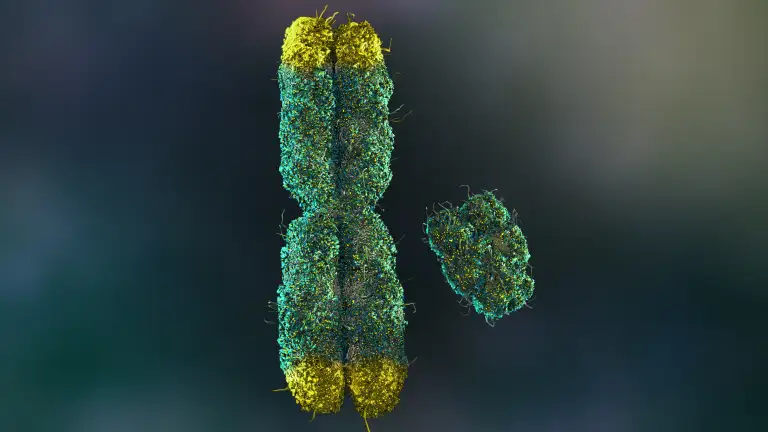
How the Cells Changed
Once the extra chromosome was removed, the differences were remarkable. Gene activity within the edited cells shifted toward a more balanced state. Genes associated with nervous system development, often underactive in Down syndrome, became more active, while metabolic genes that are typically overexpressed showed a reduction in activity.
Notably, the treated cells also grew faster and divided more efficiently. This is significant because cells carrying extra genetic material often experience stress that slows their growth and disrupts normal functioning. Removing the additional chromosome reduced this stress, allowing the cells to behave more like typical human cells.
The team also observed a decline in reactive oxygen species — unstable molecules that can damage DNA, proteins, and cell membranes and that are linked to aging and chronic diseases. This suggests that mitochondrial function — the energy powerhouse of cells — had improved, resulting in healthier energy production and less cellular damage over time.
Perhaps most impressively, these results were achieved not only in stem cells, which are easier to edit due to their regenerative nature, but also in mature fibroblast cells taken from adults with Down syndrome. Editing mature, non-dividing cells is far more challenging, meaning this research could have implications for a wider range of tissues — including those previously thought to be beyond the reach of genetic correction, such as certain brain and muscle cells.
The Promise and the Challenges
This breakthrough represents a powerful proof of concept. In theory, gene-edited cells could one day be used in regenerative medicine to grow healthy tissues for transplants, repair damaged organs, or replace malfunctioning cells. By addressing the genetic foundation of Down syndrome, such approaches could alleviate multiple health issues simultaneously — from heart defects and thyroid disorders to neurodegenerative risks.
However, the path from laboratory success to real-world therapy is long and complex. One of the biggest hurdles is precision and safety. Although the CRISPR system was programmed to target only the extra chromosome, there were instances of unintended DNA cuts in other regions. These off-target effects could lead to harmful mutations or other complications. Refining the guide RNA sequences to improve accuracy will be essential before any clinical application.
Another challenge involves understanding the long-term behavior of edited cells. Even if the cells appear normal immediately after editing, subtle changes in gene regulation or cell stability could emerge months or even years later. Extensive testing in preclinical models will be required before human trials can begin.
Additionally, scientists need to develop safe, effective methods for delivering CRISPR into specific tissues inside the human body. Regulatory approval will require multiple phases of testing — from animal models to early-stage human clinical trials — a process likely to take many years, if not decades.
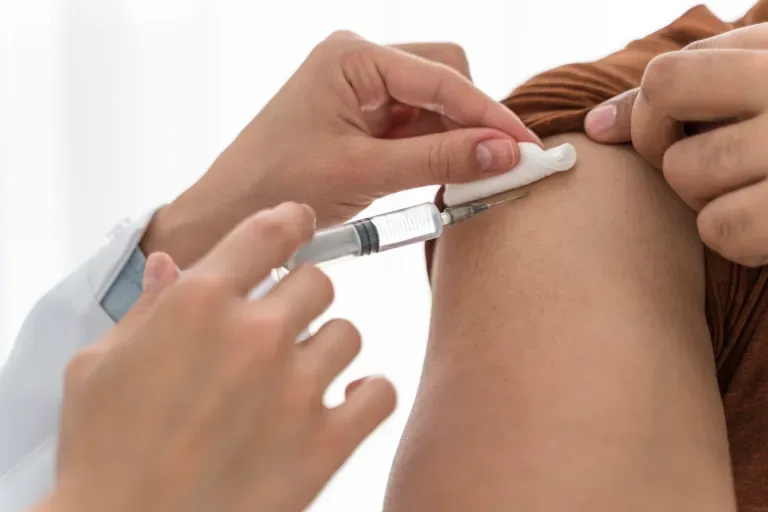
Ethical and Social Dimensions
Beyond the technical barriers, this discovery raises profound ethical questions. While the primary goal of the research is to alleviate medical complications, some worry that such breakthroughs could shift societal perceptions of individuals with Down syndrome.
In countries like Iceland, where prenatal screening has dramatically reduced the number of children born with Down syndrome, public debates have highlighted concerns about stigmatization and the implicit message that lives with the condition are less valued.
Bioethicists like Astridur Stefansdottir of the University of Iceland emphasize that people with Down syndrome and their families must have a voice in shaping the future of such technologies. The Japanese research team has clarified that their intention is not to eliminate Down syndrome from the population but to explore treatments that could improve health and quality of life. Still, these nuances make ongoing public dialogue essential.
Experts recommend integrating ethical discussions into the scientific process — not waiting until the technology is ready for clinical use. Policymakers, geneticists, healthcare providers, advocates, and families should collaborate to ensure the responsible and respectful development of gene-editing tools.
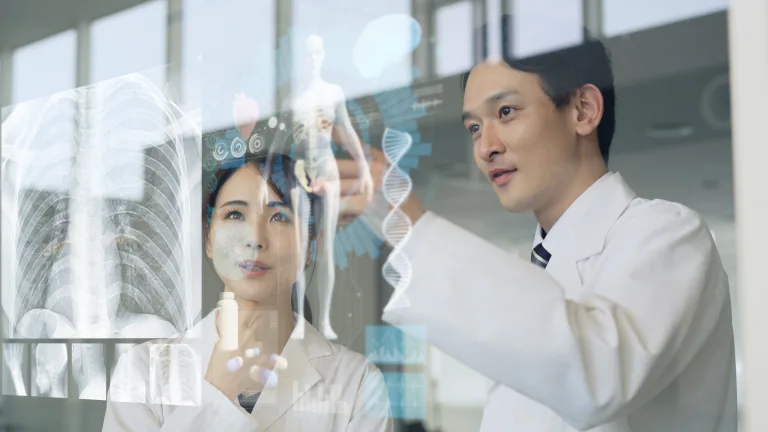
Looking Ahead
The success achieved at Mie University demonstrates that it is now possible to remove an entire chromosome from human cells — a feat once thought impossible. This expands the horizons of genetic medicine well beyond single-gene editing, opening doors to potential treatments for a variety of chromosomal conditions.
For Down syndrome, this research offers more than hope; it represents a paradigm shift. The ability to target the root genetic cause moves the conversation from merely managing symptoms to exploring actual correction at the cellular level.
Future research will focus on improving editing precision, ensuring the long-term stability of modified cells, and developing safe, targeted delivery systems. As science advances, open discussions about ethics, safety, and accessibility will remain just as important as the technical breakthroughs themselves.
While clinical applications may still be many years away, this discovery changes what is scientifically imaginable. It suggests a future where medicine doesn’t just manage genetic conditions — but begins to rewrite their story from the very start.
News in the same category

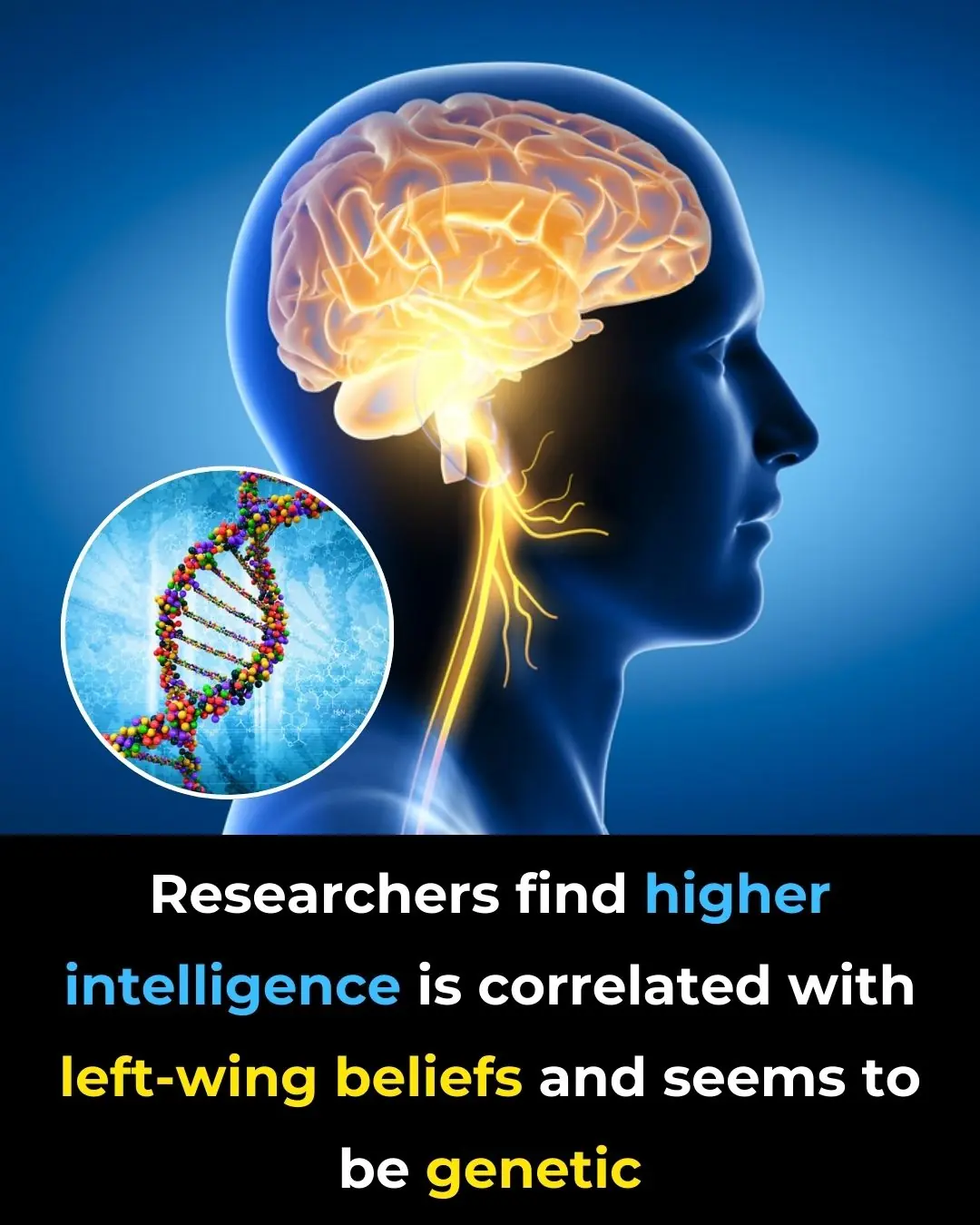
Researchers Find Higher Intelligence Is Correlated With Left-Wing Beliefs and Seems to Be Genetic
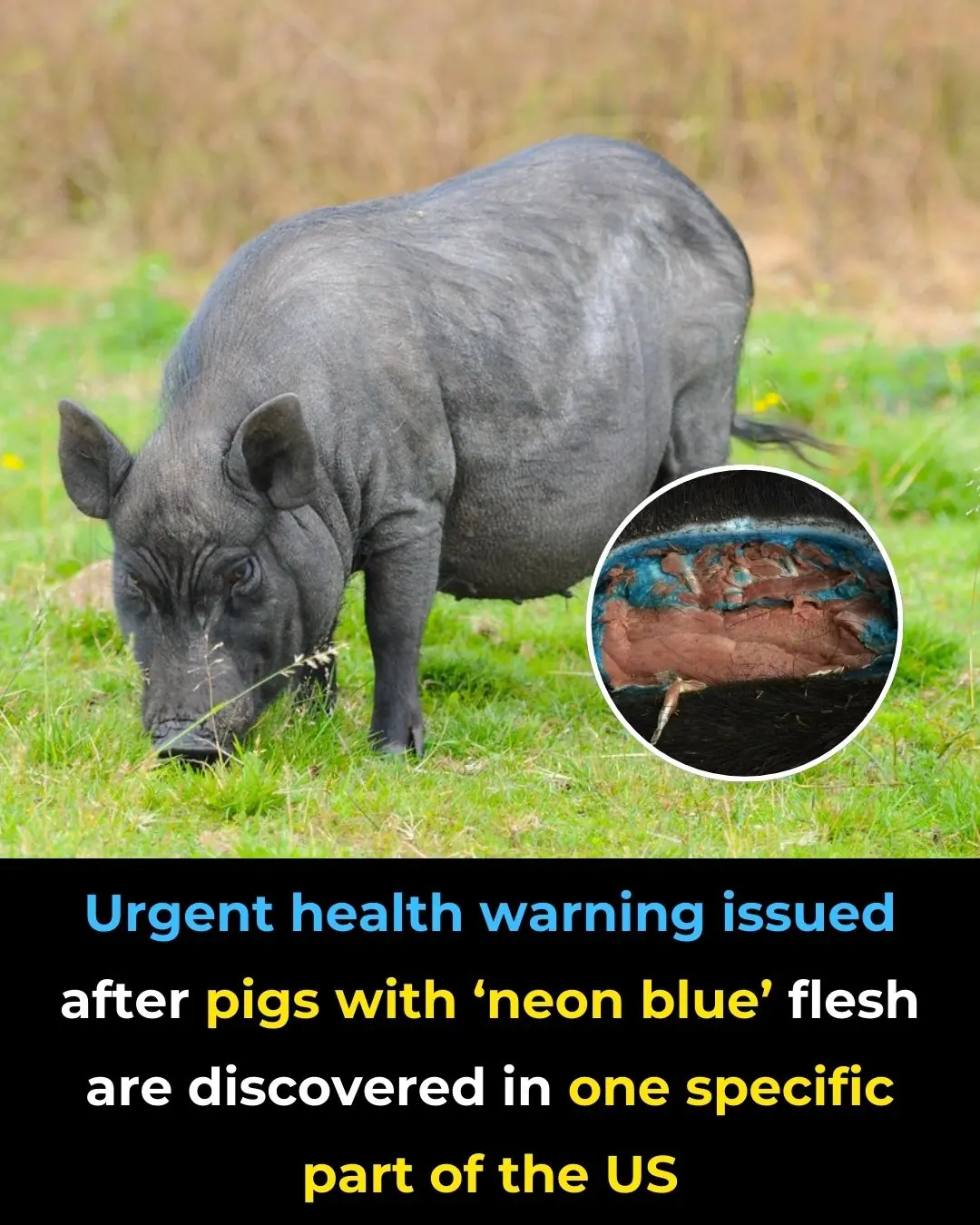
Urgent Health Warning Issued After Pigs With ‘Neon Blue’ Flesh Are Discovered in One Specific Part of the Us

'Hostile' comet aimed at Earth could obliterate the world's economy 'overnight' if it hits

Iconic movie sequel delayed until 2027 after online sleuths 'guessed the plot'

Don’t Sleep With Your Pets
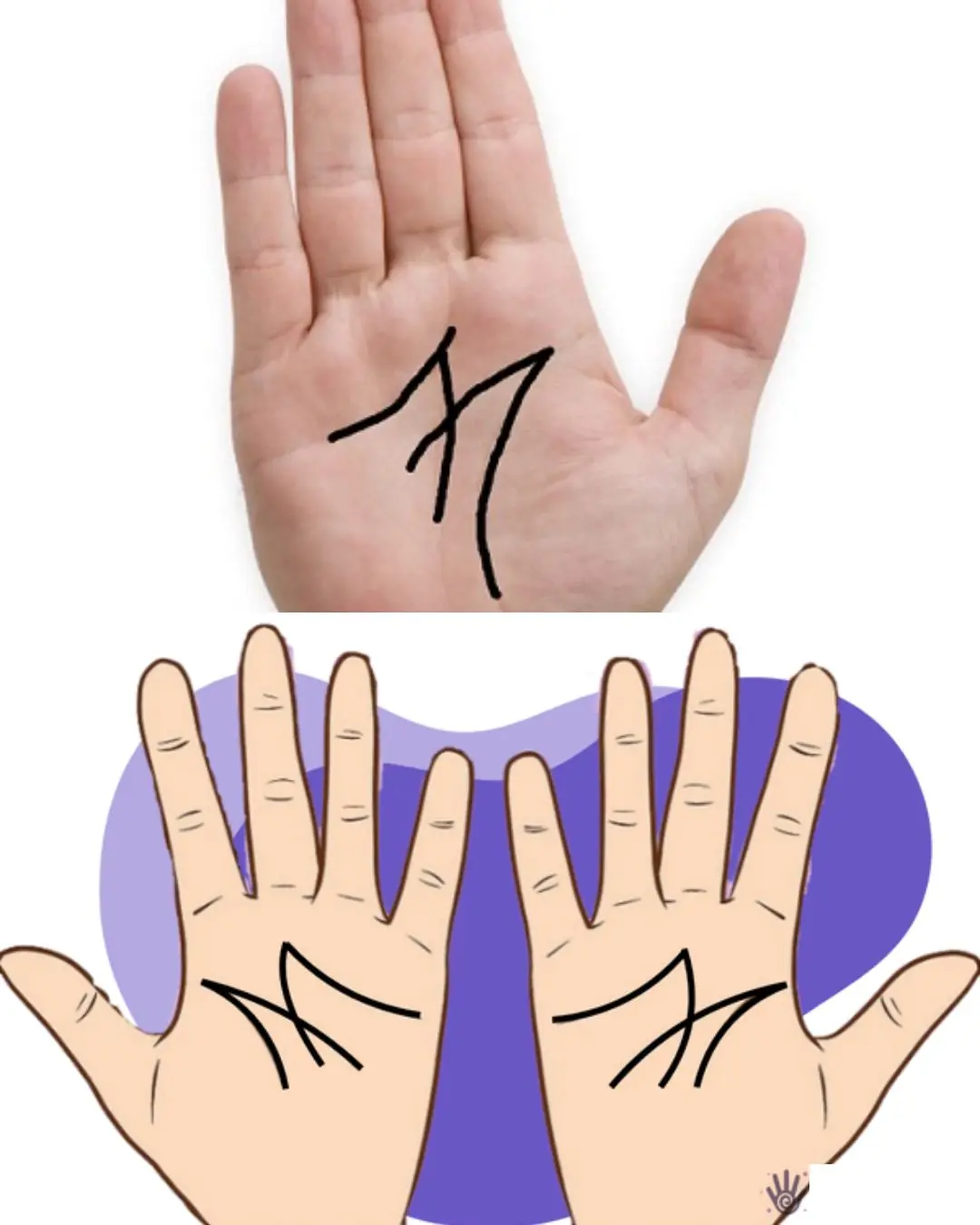
The Secret Meaning of the Letter “M” on Your Palm
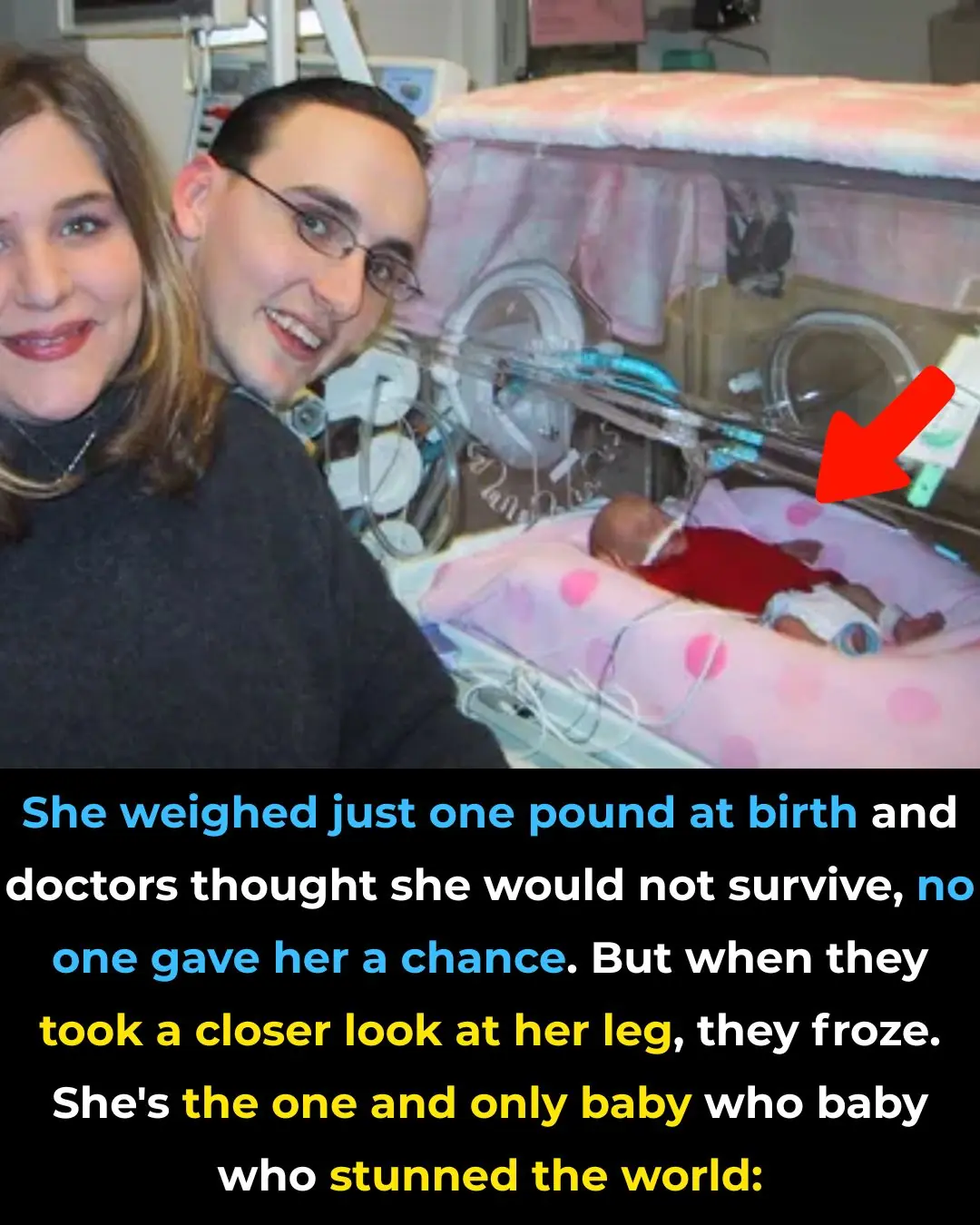
The Remarkable Journey of Tru Beare, Who Was Born Weighing Only One Pound
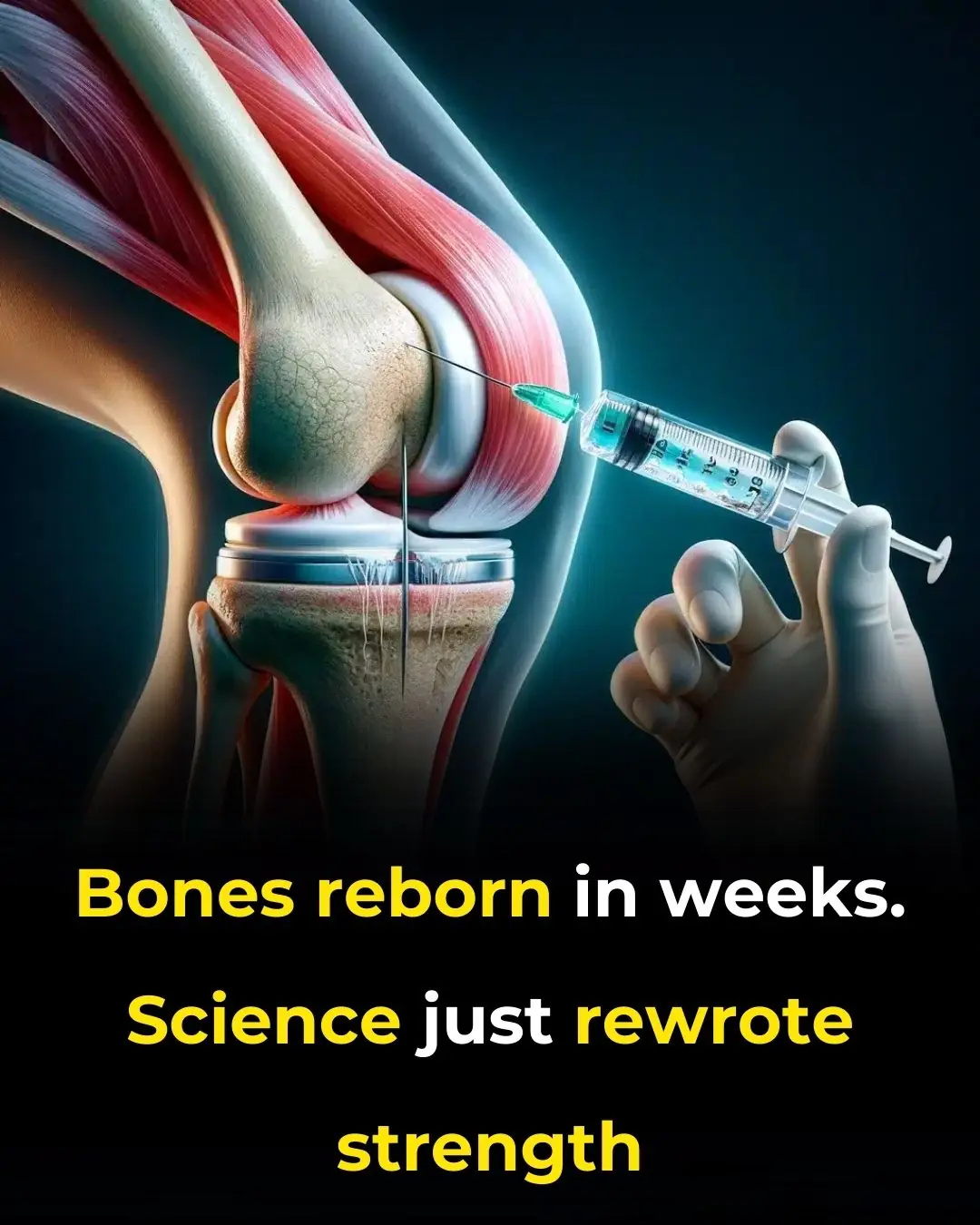
Researchers Create Injectable Hydrogel to Boost Bone Strength

If You Have Moles on This Part of Your Body

The Purpose of the Small Pocket in Women’s Underwear

Can You Spot the Hidden Number?

Beware of the Plastic Bottle Scam: A New Car Theft Tactic

Chinese Scientists Say They Created a Cure for Type 1 Diabetes

Rob Gronkowski forgot he invested $69,000 in Apple and ten years later the value has completely changed his net-worth

Scientists discover that powerful side effect of Ozempic could actually reverse aging

Scientists warn ancient Easter Island statues could vanish in a matter of years

NASA astronaut describes exactly what space smells like and it's not what you'd expect

Subtle Signs Your Passed Loved One Is Watching Over You
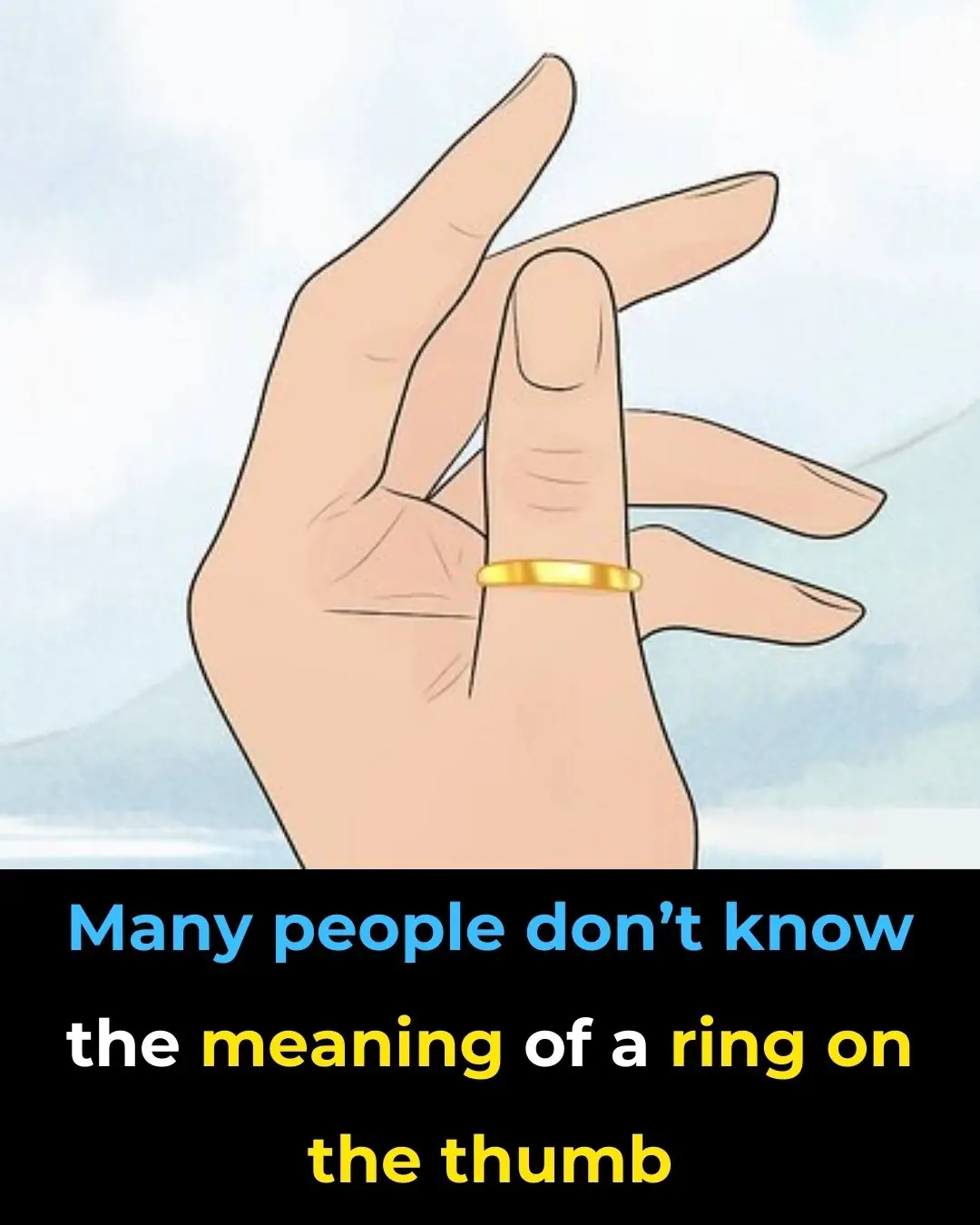
What Does a Thumb Ring Really Mean
News Post
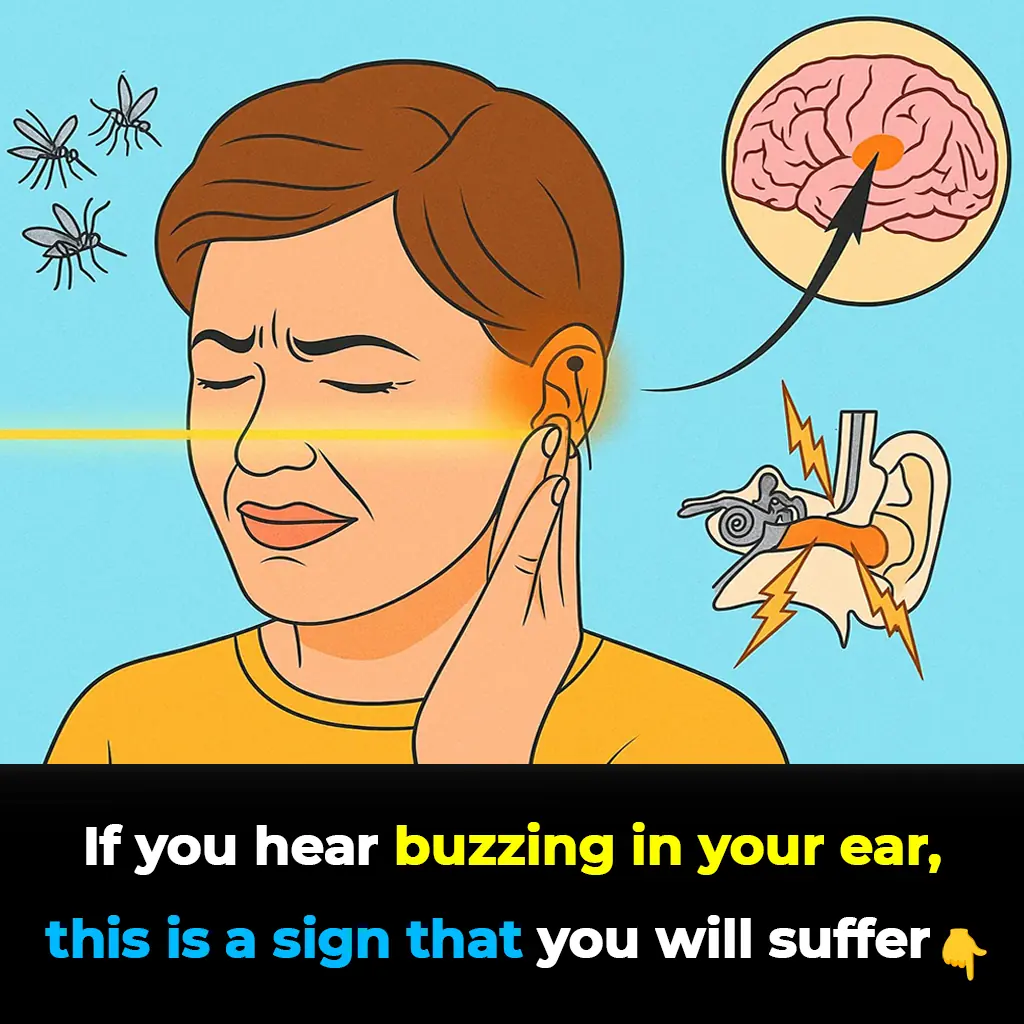
The Hidden Truth About Tinnitus: Why That Ringing in Your Ears Shouldn’t Be Ignored
Over time, repeated noise trauma damages tiny hair cells inside the cochlea, which cannot regenerate, resulting in permanent hearing changes and tinnitus.

DIY Turmeric & Ginger Shots to Fight Inflammation, Boost Immunity & Soothe Your Gut

Coconut water: Is It Good for You, Nutrition, Benefits, Side Effects (Science Based)

Clean Arteries: 10 Foods to Eat Daily
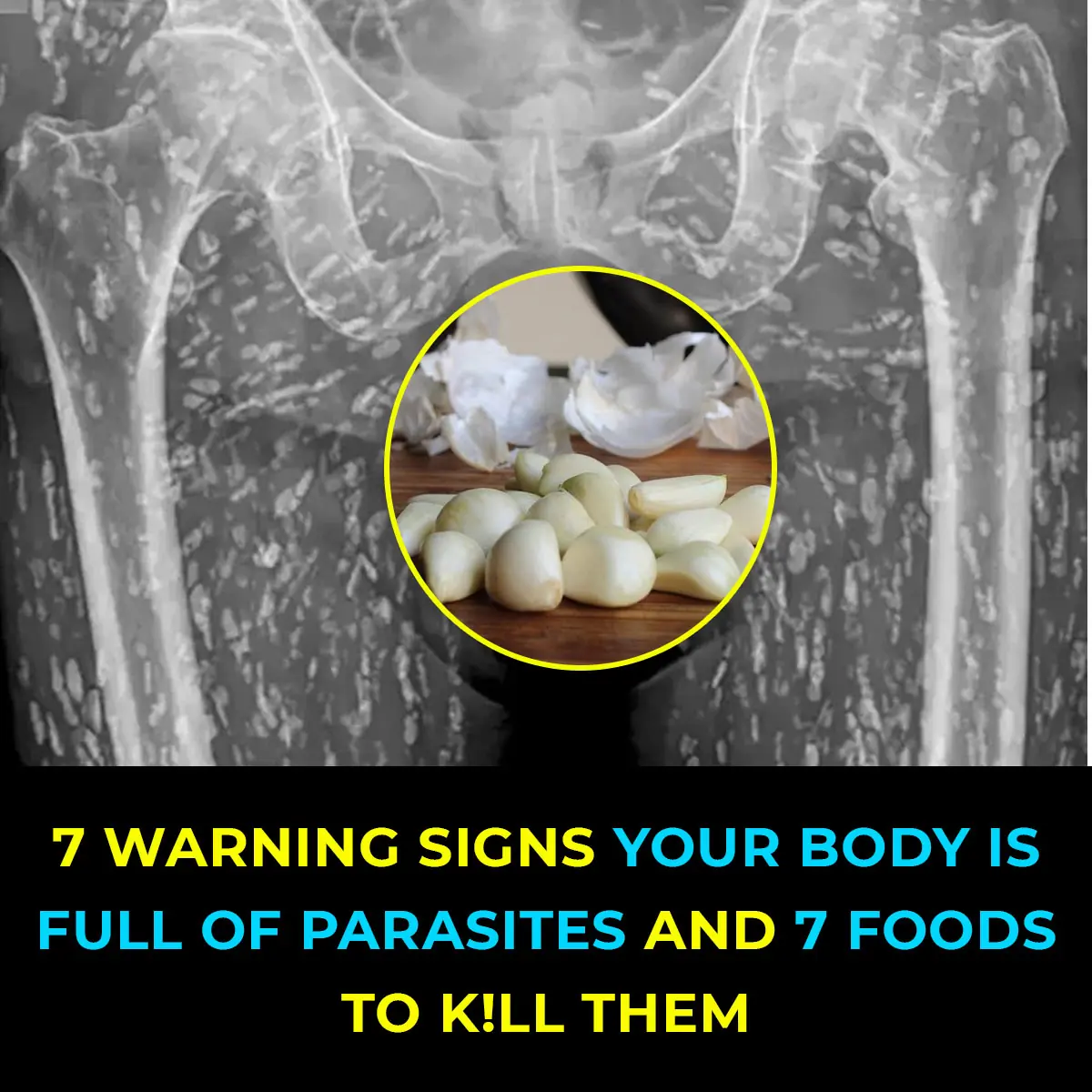
10 Warning Signs of Parasites in Your Body

Diet and Uric Acid: Foods to Avoid for Gout Prevention

Hiker Encounters Massive Snake Camouflaged Along South Carolina Creek

8 Foods That Help Eliminate Cancer Cells

David Quammen, the COVID Predictor Warns of New Pandemic Threats
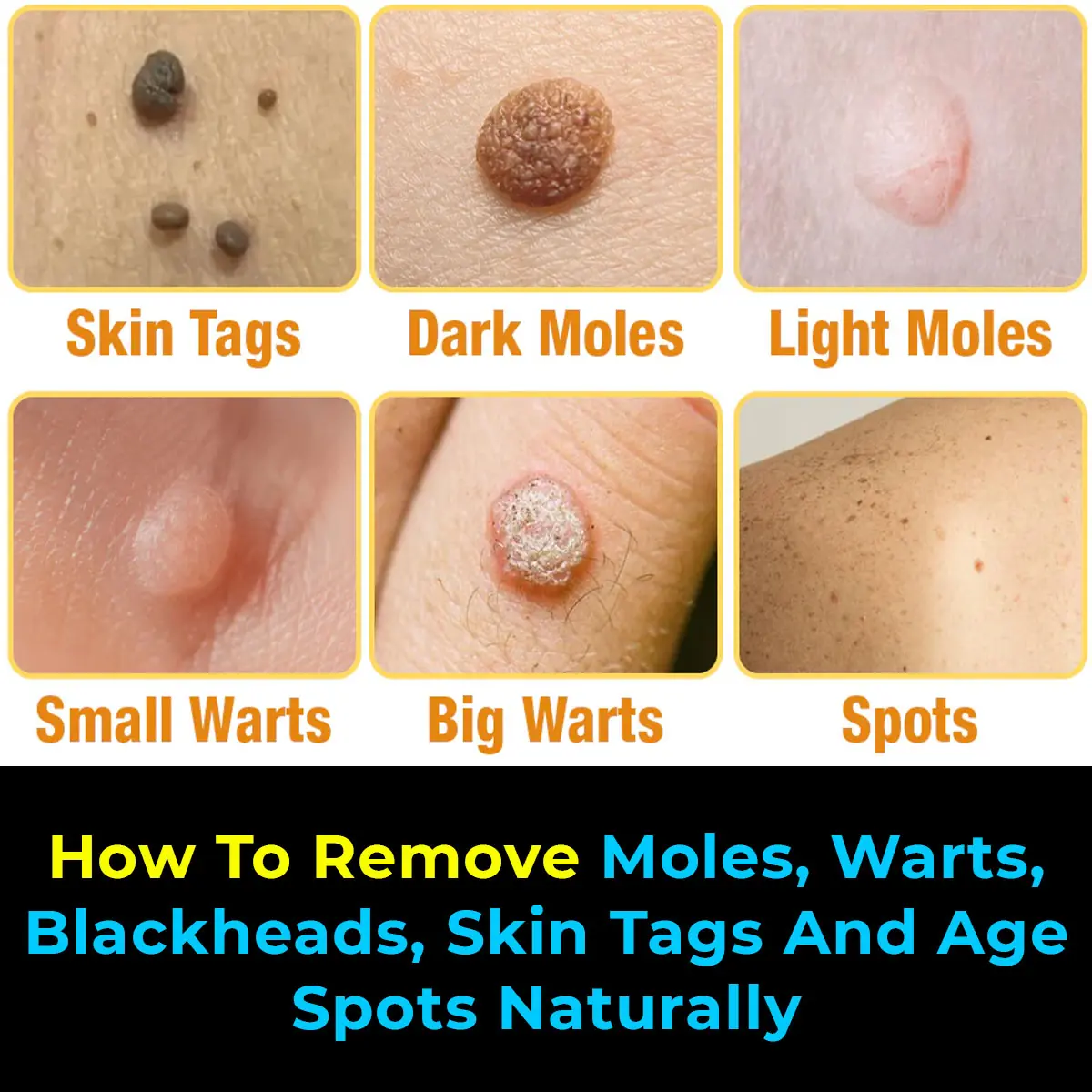
Natural Remedies to Address Skin Tags, Warts, and Blackheads

Tips for Selecting Fresh Pork at the Market

The Deficiency of These Vitamins Contributes to Panic Attacks

Researchers Find Higher Intelligence Is Correlated With Left-Wing Beliefs and Seems to Be Genetic

Urgent Health Warning Issued After Pigs With ‘Neon Blue’ Flesh Are Discovered in One Specific Part of the Us
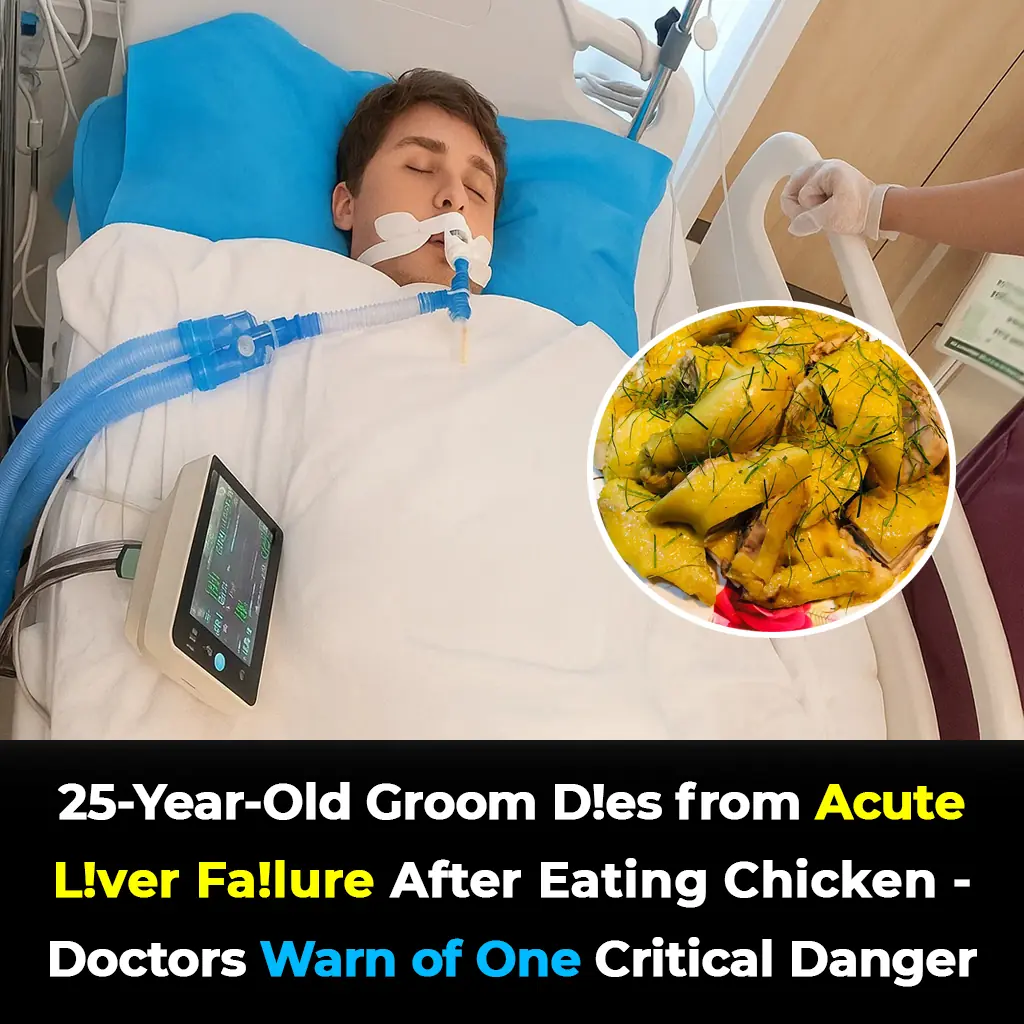
25-Year-Old Groom Dies from Acute Liver Failure After Eating Chicken – Doctors Warn of One Critical Danger!
Doctors caution people with pre-existing liver conditions, weakened immune systems, or chronic illnesses to exercise extra care when handling poultry and other high-risk.
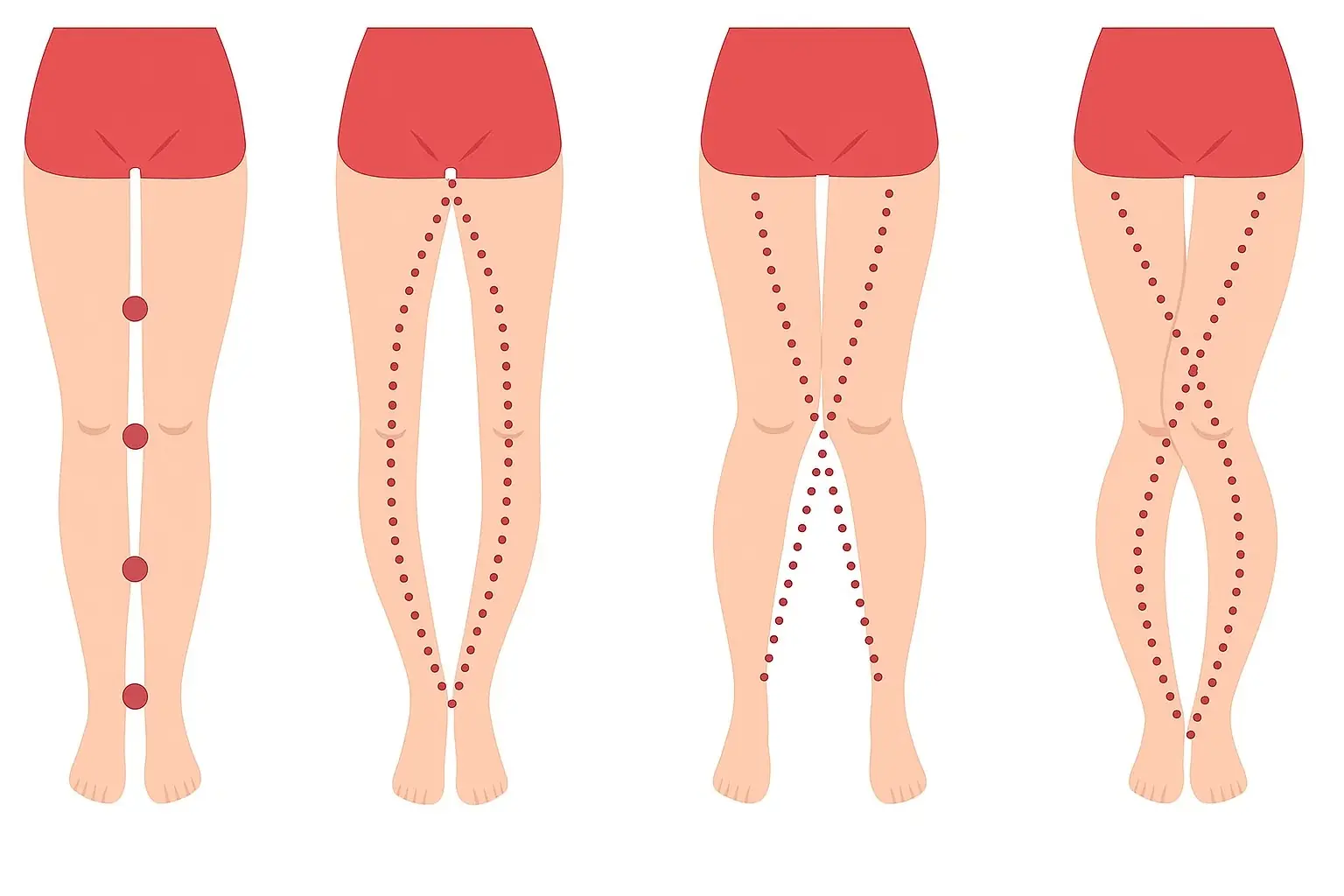
What Your Legs Can’t Say, Your Vagina Can — The Truth About the Female Body Most People Don’t Know
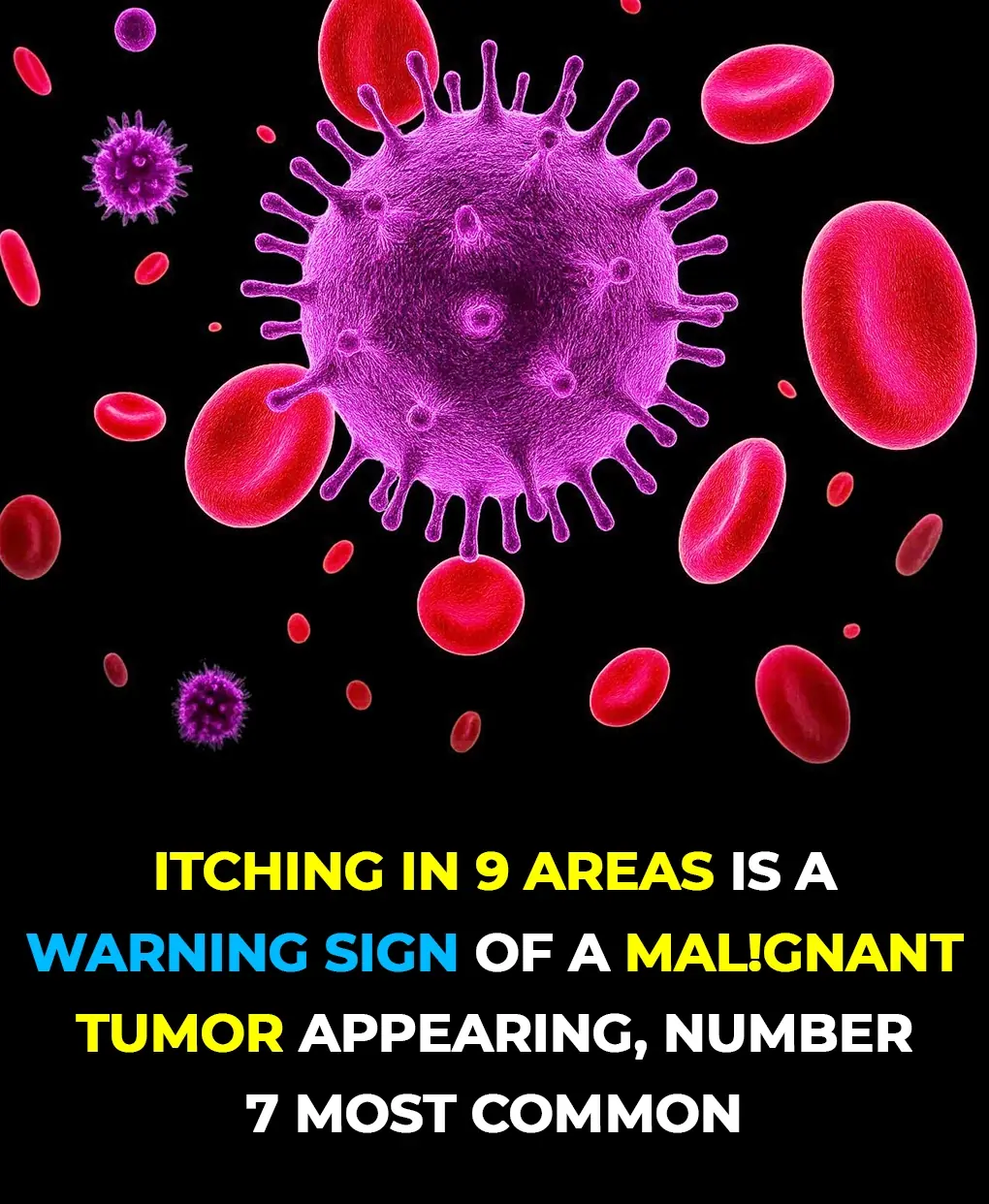
9 Areas Where Itching Could Signal Malignant Tumors — #7 Happens Most Often

The World’s Deadliest Food Kills 200 People Every Year — Yet 500 Million Still Eat It
Despite its deadly reputation, millions of people continue to eat this every day without issue.

Everything You Need to Know About Nighttime Urination And When To Start Worrying
